Open data represents an opportunity for cities to reach universal accessibility. It shows the missing links of the mobility chain.

Creating an Accessible and Barrier-Free Society Through Inclusive Design: a Constant Renewal

Creating an Accessible and Barrier-Free Society Through Inclusive Design: a Constant Renewal
Le design inclusif joue un rôle majeur dans l’amélioration de l’accessibilité. Bien que ces deux concepts ne recouvrent pas exactement les mêmes idées, ils sont indéniablement liés par leur complémentarité. L’accessibilité consiste à supprimer les obstacles existants, tandis que le design inclusif consiste à créer des solutions parfaitement adaptées dès le départ aux besoins de différents profils de personnes : une personne à mobilité réduite pour qui il sera plus facile d’utiliser un ascenseur dans un centre commercial, ou une personne malvoyante qui a besoin d’une signalisation contrastée dans une station de métro pour se déplacer en toute autonomie, par exemple.
L’accessibilité peut donc être obtenue grâce à une conception inclusive et une approche centrée sur l’humain. Accorder la priorité aux personnes et se concentrer sur leurs besoins permet de répondre adéquatement et de favoriser leur inclusion dans la société.
Quoi de mieux qu’une société qui répond aux besoins de tous ses citoyens ? Le design inclusif offre aux villes un large éventail de possibilités pour créer une société accessible et sans barrières, tant au niveau des services qu’elles fournissent, comme les transports publics, que de l’architecture, avec ses bâtiments et ses parcs. Par ailleurs, la culture est l’un des premiers secteurs à avoir envisagé le design inclusif et montre la voie à suivre.
Le ciel est la limite, comme le démontrent les exemples suivants d’accessibilité obtenue grâce à une conception inclusive !
Conception inclusive, conception universelle et accessibilité : un triptyque inévitable
Afin de bien comprendre ce qu’englobe le design inclusif , concentrons-nous d’abord sur sa définition et celles du design universel et de l’accessibilité puisque les trois sont souvent étroitement liées.
⊗ Design inclusif : rendre un produit ou un service facilement accessible à plusieurs catégories d’utilisateurs. Il met l’accent sur l’expérience utilisateur afin de répondre aux besoins des catégories ciblées et de prendre en compte la diversité de la population.
Autrement dit, pour différents groupes d’utilisateurs, le design inclusif explore différentes solutions. Il prend également en compte les différentes cultures afin que les solutions puissent également s’appliquer aux touristes étrangers qui ne parlent pas la langue du pays visité.
⊗ Conception universelle ou Design pour tous : elle consiste à proposer une solution unique adaptée aux besoins de tous. La conception universelle s’adresse ainsi à l’ensemble de la population plutôt qu’à quelques groupes de personnes afin de rendre les produits accessibles. Cependant, la conception universelle ne répond généralement qu’aux besoins de la majorité, de sorte que certains besoins restent insatisfaits.
⊗ Accessibilité : supprimer les obstacles et adapter les solutions ou équipements afin que les utilisateurs handicapés puissent bénéficier de la même expérience que tout autre utilisateur, comme les lecteurs d’écran pour les personnes malvoyantes. L’accessibilité est avant tout une question d’aménagements.
Comme vous pouvez le constater, il existe de légères différences entre ces concepts. Cependant, lorsqu’il est question de conception inclusive, il est évident qu’elle doit être liée à l’accessibilité. L’une va de pair.
Après tout, elles partagent un objectif commun, même si leurs méthodes et solutions différentes : permettre aux personnes handicapées d’être incluses dans la société et de bénéficier des mêmes services que tout le monde.
Par conséquent, un élément aussi simple qu’une large entrée de bâtiment constitue une combinaison parfaite entre design inclusif et accessibilité ! Cela peut s’avérer extrêmement utile pour les personnes en fauteuil roulant et constitue la première étape pour rendre un lieu accessible.
Ce type d’équipement est présent dans divers lieux, tels que les mairies, les universités et les grandes écoles , voire les aéroports . Dans les centres commerciaux par exemple, outre une large entrée avec portes automatiques, on trouve des ascenseurs, des escaliers mécaniques et des rampes permettant aux personnes à mobilité réduite de se déplacer facilement et de faire leurs courses.
Si les ascenseurs peuvent sembler une solution évidente pour faciliter l’accès aux personnes à mobilité réduite, les escaliers restent pertinents car ils permettent aux personnes âgées de faire de l’exercice sans qu’elles s’en rendent compte. De plus, les personnes malvoyantes n’ont pas à se soucier de trouver le bon bouton sur l’ascenseur.
Elles peuvent tous utiliser des escaliers accessibles équipés de rampes continues et de nez de marche antidérapants contrastés : un équipement facile à mettre en œuvre !
La conception inclusive et l’accessibilité sont véritablement complémentaires puisqu’elles servent le même objectif.
Conception inclusive avec une approche centrée sur l’humain
Les personnes handicapées sont au cœur de la conception inclusive, car elle vise à répondre au mieux à leurs besoins. L’aménagement d’une large entrée pour les personnes en fauteuil roulant n’est qu’un début pour les architectes et les designers.
Pour rendre un lieu accessible , il doit être pensé en tenant compte des différents profils. Et pour cela, il faut collaborer étroitement avec les groupes de personnes handicapées.
Leur participation et leur implication sont essentielles pour garantir que les architectes, urbanistes et ingénieurs créent l’environnement idéal pour répondre à leurs besoins. La conception centrée sur l’humain, utilisée dans les normes ISO , consiste d’abord à identifier le problème, à analyser les données, puis à le conceptualiser afin de mettre en œuvre la solution appropriée. Différentes étapes sont alors nécessaires :
⊗ Observer les groupes d’utilisateurs ;
⊗ Analyser la recherche;
⊗ Communiquer avec les groupes d’utilisateurs sur la question ;
⊗ Proposer une solution ou un prototype ;
⊗ Retour d’information des groupes ;
⊗ Corriger les problèmes potentiels de la solution soulevés par les groupes d’utilisateurs jusqu’à sa mise au point. De nombreux échanges peuvent donc avoir lieu entre les groupes et les concepteurs.
Tout au long de ce processus d’analyse de la problématique des groupes d’usagers, l’empathie demeure essentielle. Après tout, architectes, urbanistes et ingénieurs conçoivent pour les humains. Ils doivent se mettre à la place de ceux qui sont habituellement invisibles et ignorés : les personnes handicapées.
L’ Institute of Human Centered Design (IHCD) de Boston privilégie le design inclusif et universel afin de favoriser des projets répondant aux besoins d’un large éventail de personnes, notamment les personnes âgées pouvant avoir des difficultés à se déplacer ou à utiliser leurs mains en raison de l’arthrite, les personnes souffrant de troubles de l’apprentissage et de l’attention, les personnes autistes ou tout autre handicap.
En effet, l’IHCD a mis son expertise en matière d’accessibilité à disposition dès le début d’un projet de conception (villes, parcs, transports en commun) afin de garantir à toutes les catégories de personnes l’accès à une société sans obstacle, en appliquant une philosophie où chacun est écouté et valorisé.
Les personnes handicapées, comme les autres types de personnes, peuvent ainsi retrouver une certaine estime d’elles-mêmes et se sentir pleinement intégrées à la société.
De plus, ce qui est utile à un groupe peut l’être aussi à un autre. Par exemple, l’utilisation de pictogrammes simples et clairs pour donner des informations de base, comme l’emplacement des ascenseurs ou des toilettes, aux personnes souffrant de troubles cognitifs est tout aussi efficace pour les personnes âgées ou les enfants.
Après tout, l’objectif est de diffuser des informations universelles grâce à une signalétique.
Le parc olympique Queen Elizabeth, situé à l’est de Londres, représente une véritable réussite en matière de conception inclusive et d’approche centrée sur l’humain. Créé spécialement pour les Jeux olympiques et paralympiques de 2012, il avait pour ambition d’accueillir « les Jeux les plus accessibles de tous les temps » par la London Legacy Development Corporation (LLDC).
C’était le cas à l’époque et il est toujours utilisé aujourd’hui pour accueillir le grand public. La LLDC a publié l’année dernière sesnormes de conception inclusive actualisées , décrivant les mises en œuvre au sein du parc, de ses sites et de ses environs.
Des toilettes accessibles aux personnes en fauteuil roulant aux chemins d’orientation pour les personnes malvoyantes, en passant par les espaces communs faciles à parcourir et les zones de confort pour les piétons, sans oublier les installations pour les chiens d’assistance, le parc offre un lieu sûr et une attraction pour un large public de tous âges.
Le sentiment d’appartenance et de communauté s’en trouve ainsi renforcé. Espérons que le parc inspirera d’autres à adopter les mêmes normes de conception inclusive !
À plus grande échelle, Londres continue de s’intéresser à la conception inclusive. La ville prévoit de faire du Square Mile , le quartier financier, un environnement accessible pour ses citoyens handicapés et ses aînés. Londres est déterminée à éliminer tous les obstacles pour créer une société inclusive !
Comme nous l’avons expliqué dans notre article « Le handicap, moteur d’innovation pour la ville intelligente » , l’accessibilité et l’inclusion représentent un défi pour toutes les villes qui souhaitent revendiquer le statut de ville intelligente.
Innover en adoptant une approche centrée sur l’humain peut donner naissance à des créations surprenantes. Le monde entier a dû s’adapter à la pandémie actuelle, et le port du masque est devenu essentiel pour nous protéger et protéger les autres.
Cependant, cette situation a isolé de nombreuses personnes, notamment les personnes sourdes et malentendantes, qui ont du mal à communiquer. Voyant leur interlocuteur porter un masque pour couvrir leur visage, les personnes sourdes ou malentendantes ne peuvent plus lire sur leurs lèvres ni voir leurs expressions faciales pour les aider à comprendre la situation.
Heureusement, des entreprises ou de simples citoyens se sont mobilisés pour fabriquer des masques transparents. Une solution simple et inclusive qui permet aux personnes sourdes de lire sur les lèvres et de communiquer !
Un autre exemple d’innovation répondant aux besoins de groupes de personnes est la création de salles sensorielles : un espace dédié aux personnes atteintes de troubles cognitifs, d’autisme ou même de démence.
Elles y trouvent un environnement calme et sécurisé, loin de toute situation potentiellement stressante. La ville de Londres offre une nouvelle fois un bel exemple d’inclusion avec la salle sensorielle de l’aéroport d’Heathrow. Des chercheurs ont établi desrecommandations démontrant les bienfaits thérapeutiques d’une salle sensorielle sur les patients atteints de démence grâce à une stimulation sensorielle douce.
Les salles sensorielles peuvent également offrir un environnement insonorisé aux personnes autistes, sensibles au bruit et ayant besoin d’un endroit calme pour se détendre. C’est le cas de celle duUS Bank Stadium de Minneapolis, comme nous l’avons vu dans notre article « Les directives pour l’accessibilité des stades : offrir une expérience agréable aux personnes handicapées » .
Concevoir une salle avec un éclairage tamisé, différents types d’espaces pour le calme, ou même une ambiance ludique avec des peluches, exige une analyse précise des catégories de personnes qui y seront accueillies.
Prendre en compte les besoins de plusieurs groupes de personnes est un élément essentiel du design inclusif. Cela permet d’améliorer les solutions pour créer un environnement accessible à tous, quel que soit l’environnement. C’est là toute la beauté du design inclusif !
Résoudre le défi de la mobilité : une société inclusive, un pied à la fois
La mobilité représente un défi majeur pour les personnes handicapées au quotidien. Dans notre article « Comment les aveugles traversent-ils la route en toute sécurité ? » , nous avions déjà insisté sur l’importance de la mobilité des personnes malvoyantes.
Les feux piétons accessibles (FPA) restent la meilleure solution pour traverser la rue en toute sécurité. Cependant, la COVID-19 a mis en évidence leurs limites : l’utilisation du bouton-poussoir aux États-Unis et dans d’autres pays peut mettre en danger la vie des personnes aveugles.
En effet, il suffit d’appuyer sur le bouton pour activer le FPA et parcourir la rue. Malheureusement, il a été prouvé que le virus pouvait également se propager sur des surfaces, rendant les déplacements difficiles et dangereux pour les personnes aveugles ou malvoyantes. Notre article « Comment les feux piétons accessibles peuvent-ils devenir adaptés à la COVID-19 ? » s’est penché sur cette question et a présenté l’appareil connecté aBeacon comme une solution adéquate.
Ce système de signalisation intelligent innovant peut être activé à la demande avec une télécommande ou un smartphone , évitant ainsi à l’utilisateur de toucher le poteau. Conçu par Okeenea , le dispositif aBeacon s’installe facilement sur les feux de circulation pour diffuser des informations sonores et créer un couloir sonore guidant l’utilisateur. Un parfait exemple de design inclusif au service des groupes de personnes ! Une société inclusive ne laisse personne de côté !
L’entreprise française Okeenea innove sans cesse pour permettre aux personnes malvoyantes de localiser un bâtiment ou une entrée de métro grâce à ses balises audio NAVIGUEO+ HIFI . Une fois activées, leurs messages permettent de retrouver l’emplacement exact du point d’intérêt.
Tout comme les balises aBeacon, ces balises audio s’activent à la demande avec une télécommande ou un smartphone, permettant ainsi aux utilisateurs de disposer du même appareil pour deux solutions différentes. Deux solutions bien pensées, centrées sur les besoins des utilisateurs pour leur simplifier la vie !
Bien sûr, trouver l’entrée d’un bâtiment est la première étape, mais l’accessibilité intérieure est également importante. Nous avons vu précédemment que les bâtiments comme les centres commerciaux peuvent être équipés de différents types d’équipements, mais les personnes handicapées doivent généralement anticiper leurs déplacements et les préparer au mieux afin d’éviter toute difficulté.
Comment leur permettre de se déplacer spontanément et d’explorer un nouveau lieu ?Evelity propose une solution simple et originale : une application d’orientation intérieure spécialement conçue pour les personnes handicapées. De plus en plus d’applications sont créées pour les personnes handicapées physiques , aveugles, malvoyantes , sourdes ou malentendantes , afin de les aider dans leur quotidien.
Evelity est une application ingénieuse qui aide les personnes malvoyantes à s’orienter grâce à des instructions audio avec VoiceOver ou TalkBack, ou les personnes à mobilité réduite grâce à des itinéraires optimisés. L’utilisateur peut configurer l’application en fonction de son profil. Evelity peut guider les utilisateurs dans tous types de lieux : centres commerciaux, universités, écoles supérieures, hôpitaux, réseaux de transport comme le métro et les gares, bureaux, musées et bien plus encore.
Afin de proposer une solution parfaitement adaptée aux besoins de ses différents utilisateurs, l’équipe de conception d‘Evelity a travaillé en étroite collaboration avec des groupes de test dès le début, selon les étapes expliquées précédemment. Cela a toujours été l’un des principes majeurs de l’équipe, comme l’explique la designer de services Marie-Charlotte Moret dans son interview : « Adopter une approche design pour placer l’humain au cœur des nouveaux services de mobilité » . L’empathie est donc une valeur essentielle lors de la conception d’une solution pour la mobilité des personnes en situation de handicap.
L’engagement indéniable du monde culturel pour le développement du design inclusif
S’il est un domaine qui a toujours interrogé la question de l’accessibilité et du confort des visiteurs, c’est bien celui de la culture. Comment les visiteurs aveugles ou malvoyants peuvent-ils appréhender les peintures d’un musée ? Les visiteurs en fauteuil roulant peuvent-ils accéder facilement aux galeries ?
Tactile Studio , agence spécialisée dans le design inclusif pour la promotion des arts auprès de tous, crée des solutions adaptées et innovantes qui répondent à la fois à l’esthétique du lieu et aux besoins des visiteurs. Des institutions culturelles de renommée mondiale font appel à cette agence pour permettre à tous les publics de profiter de la culture et des arts, comme le musée d’Orsay à Paris, qui a mis en place une exploration tactile et multisensorielle de L’Atelier du peintre , un tableau de Gustave Courbet. Tactile Studio a créé un design spécifique du tableau afin que les visiteurs malvoyants puissent toucher les couches mises en valeur.
Une audiodescription du tableau a également été proposée pour permettre aux émotions de se transmettre par différents canaux et sens. Une immersion totale pour comprendre et apprécier facilement une œuvre d’art !
Le relief et l’expérience tactile ne sont pas les seules solutions mises en place par l’agence de design. La technologie peut en effet aider les visiteurs à exploiter des peintures ou des photographies. Le musée du Louvre Abu Dhabi a opté pour une solution numérique pour son exposition « Photographies : un album des débuts du monde 1842-1896 » afin d’expliquer la pertinence de ces photographies sur les plans technique et culturel. Tactile Studio a créé des animations interactives, des interfaces graphiques et une narration pour les supports numériques non tactiles. Une approche ludique de l’art !
Le Guggenheim de New York est un excellent exemple d’accessibilité grâce à une conception inclusive, car il s’adresse à différents profils grâce à des solutions adaptées. Même son bâtiment cylindrique s’avère facilement accessible : les visiteurs commencent leur visite par le haut et descendent progressivement grâce à sa rampe en rotonde légèrement inclinée pour accéder aux expositions. Un moyen simple pour les visiteurs en fauteuil roulant de se déplacer dans le musée s’ils ne souhaitent pas utiliser les ascenseurs.
Cependant, le Guggenheim et sa rotonde offrent davantage de solutions répondant aux besoins de différents profils :
| Visiteurs en fauteuil roulant | Fauteuils roulants standard gratuits |
| Places assises accessibles | |
| Visiteurs malvoyants | Descriptions verbales par des professionnels |
| Visiteurs malentendants | Interprétation en langue des signes américaine (ASL) |
| Dispositifs d’écoute assistée | |
| Visiteurs souffrant de troubles du traitement sensoriel | Un guide narratif social pour savoir à quoi s’attendre lors de la visite |
| Endroits calmes |
Grâce au design inclusif, l’accès à la culture est possible et peut prendre de multiples formes. Les visiteurs en situation de handicap bénéficient d’innovations infinies pour partager la même expérience que n’importe quel visiteur.
Un renouvellement constant est donc nécessaire pour garantir à tous l’accès à la culture. La recherche s’avère essentielle au design inclusif, c’est pourquoi Access Smithsonian , l’Institute for Human Centered Design et MuseWeb ont collaboré à l’élaboration d’un guide sur les Interactifs Numériques Inclusives : Bonnes Pratiques et Recherche .
Ce guide est un incontournable pour toute personne impliquée dans le design inclusif et sa mise en œuvre dans le monde culturel. Il fournit des exemples détaillés d’études de cas dans le but de constamment repenser et reconsidérer les pratiques actuelles pour favoriser l’innovation.
Comme nous le constatons, créer une société accessible et sans obstacles grâce à une conception inclusive est possible dans de nombreux domaines. Les défis à relever ne font qu’accroître la nécessité de se renouveler constamment pour réfléchir et repenser les solutions. L’accessibilité est possible grâce à des solutions innovantes ! Ensemble, construisons un monde inclusif !
media

Inclusive design and accessibility both share a common goal even though their methods and solutions differ: enabling people with disabilities to be included in society and to enjoy the same services as anybody.
writer

Carole Martinez
Content Manager
stay updated
Get the latest news about accessibility and the Smart City.
other articles for you
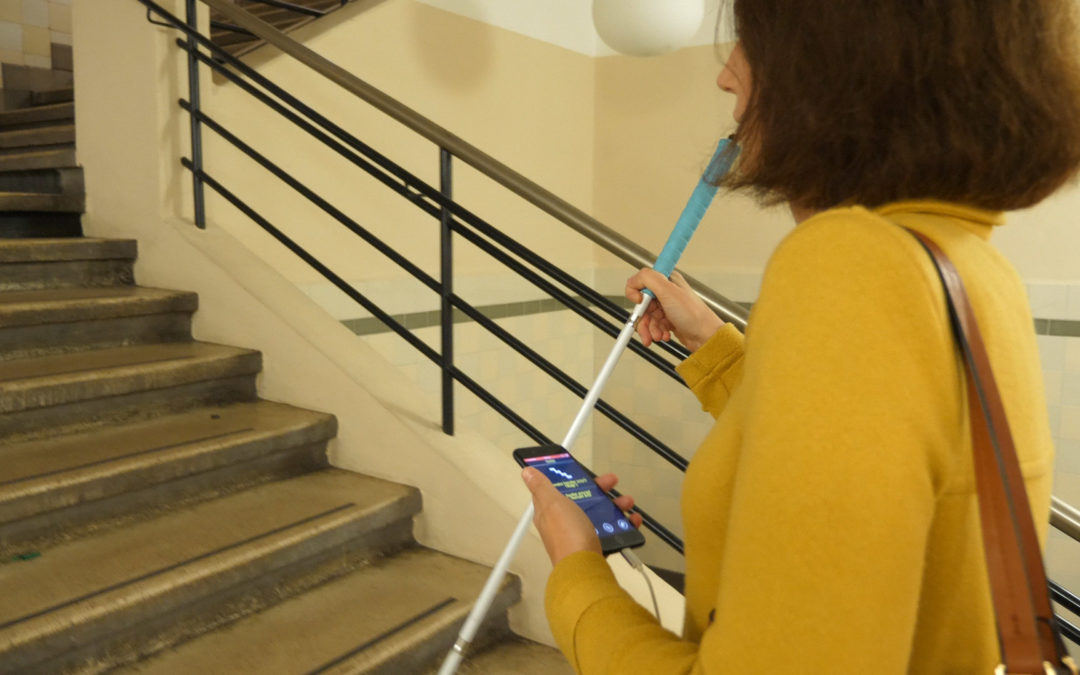
How Does a Blind Person Use Their Smartphone to Improve Their Mobility?
The smartphone has revolutionized the mobility of blind and visually impaired people.
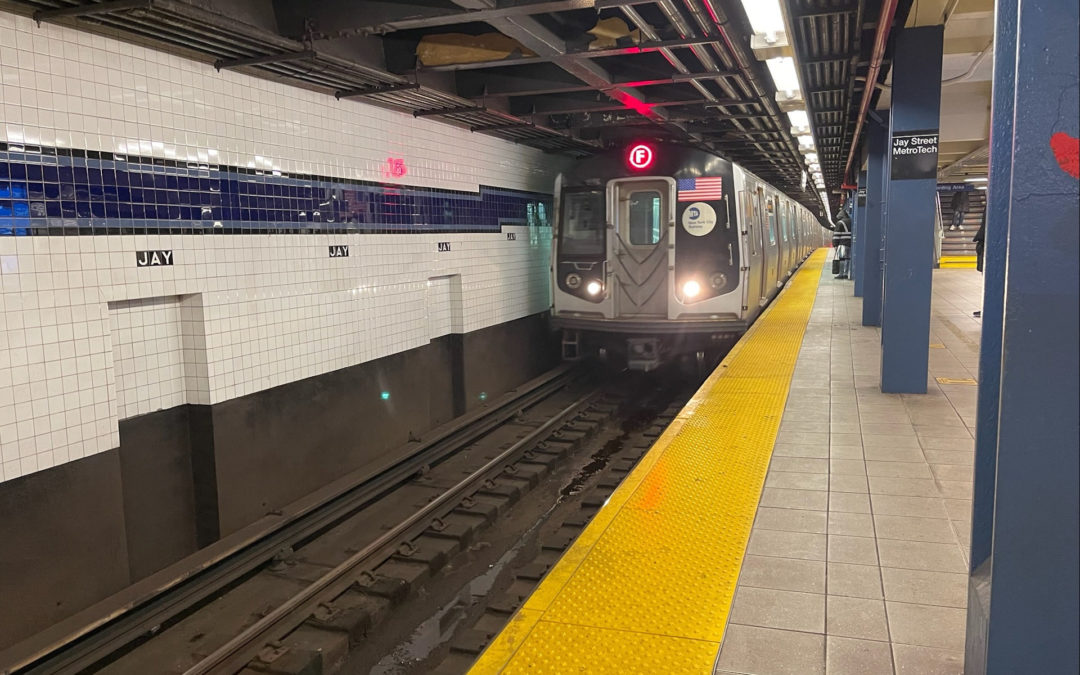
How to Foster Inclusive Mobility at Public Transit?
What inclusive mobility solutions can improve the accessibility of public transit? Are they cost-effective? The answer lies with phygital…
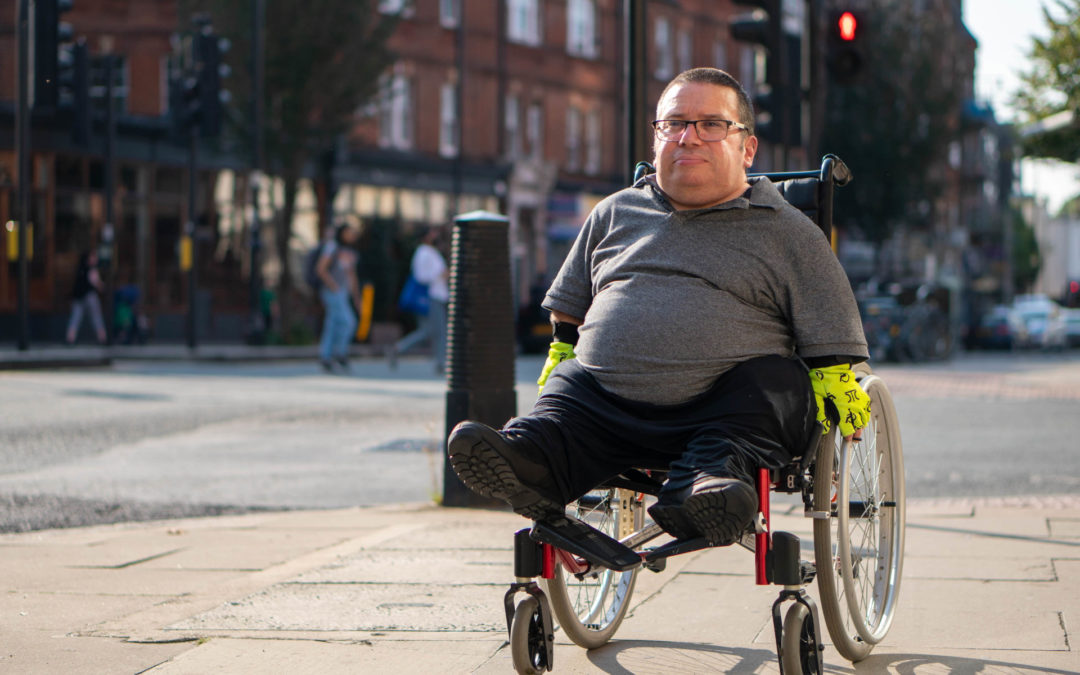
Paratransit Services for People with Disabilities: Yes You Can Reduce Their Costs
Public agencies spend millions of dollars for paratransit services. But a cost-effective solution could make public transit more accessible for riders with disabilities.
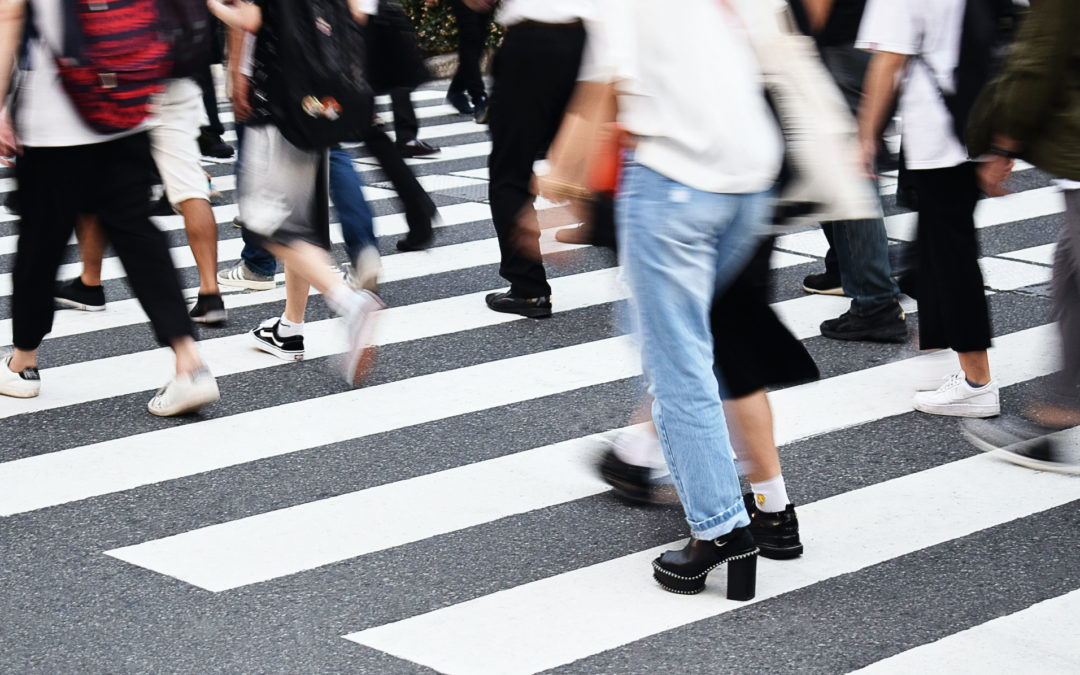
The Crosswalk: Thousands of Years of Evolution
Did you know the first crosswalk emerged in the city of Pompeii more than 2000 years ago? Check out how it has evolved since Antiquity!
share our article!
more articles
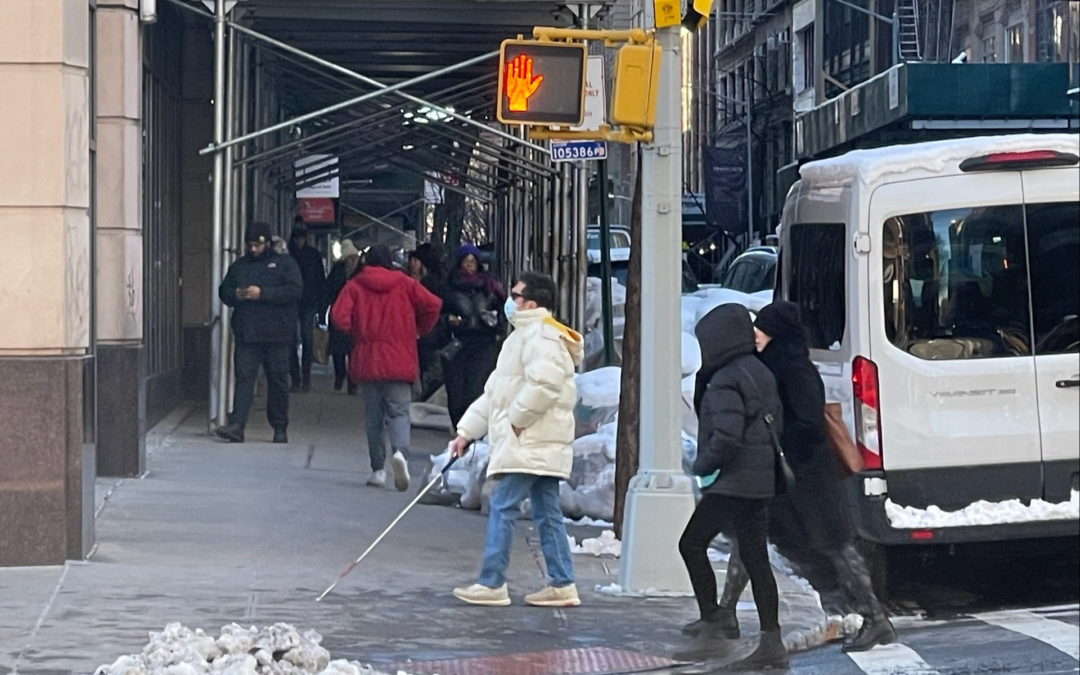
Blindness, Low Vision, What Are the Different Forms of Visual Disability?
Blindness, Low Vision, What Are the Different Forms of Visual Disability? Approximately 12 million American people are affected by a visual disability and no less than 253 million people in the world. Who are they? What are their needs? How can we facilitate...
7 Good Reasons to Install Audio Beacons at Your Public Transport Network
7 Good Reasons to Install Audio Beacons at Your Public Transport NetworkHave you heard of audio beacons? It’s probably one of the most effective solutions to help blind and visually impaired people find their way in a complex venue. In a public transport system, audio...
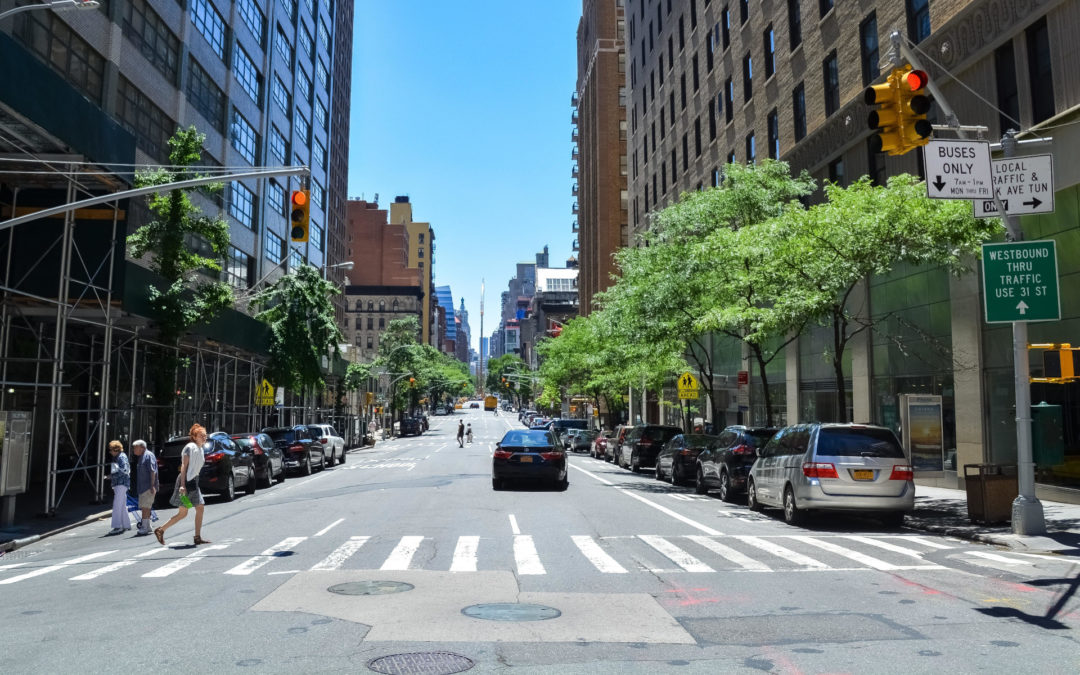
The Ultimate Guide to Accessible Pedestrian Signals
The Ultimate Guide to Accessible Pedestrian Signals Table of contents What are accessible pedestrian signals?Why do cities have accessible pedestrian signals?Who are APS for?How do audible traffic signals work exactly?What is pedestrian detection?Why are...

What You Need to Do to Ensure Accessibility for Deaf People at Public Venues
What You Need to Do to Ensure Accessibility for Deaf People at Public Venues Si votre établissement accueille du public, l'accessibilité aux personnes sourdes n'est pas à prendre à la légère ! Comment rendre votre établissement accessible aux personnes...
NEVER miss the latest news about the Smart City.
Sign up now for our newsletter.
Unsubscribe in one click. The information collected is confidential and kept safe.
powered by okeenea
The French leading company
on the accessibility market.
For more than 25 years, we have been developing architectural access solutions for buildings and streets. Everyday, we rethink today’s cities to transform them in smart cities accessible to everyone.
By creating solutions ever more tailored to the needs of people with disabilities, we push the limits, constantly improve the urban life and make the cities more enjoyable for the growing majority.



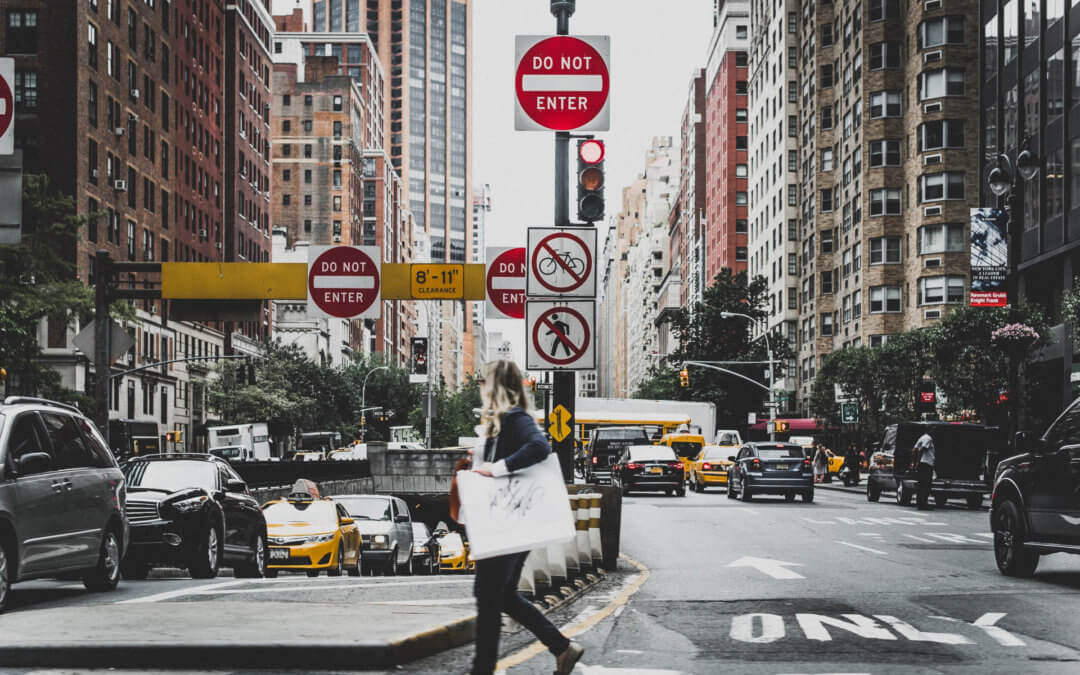
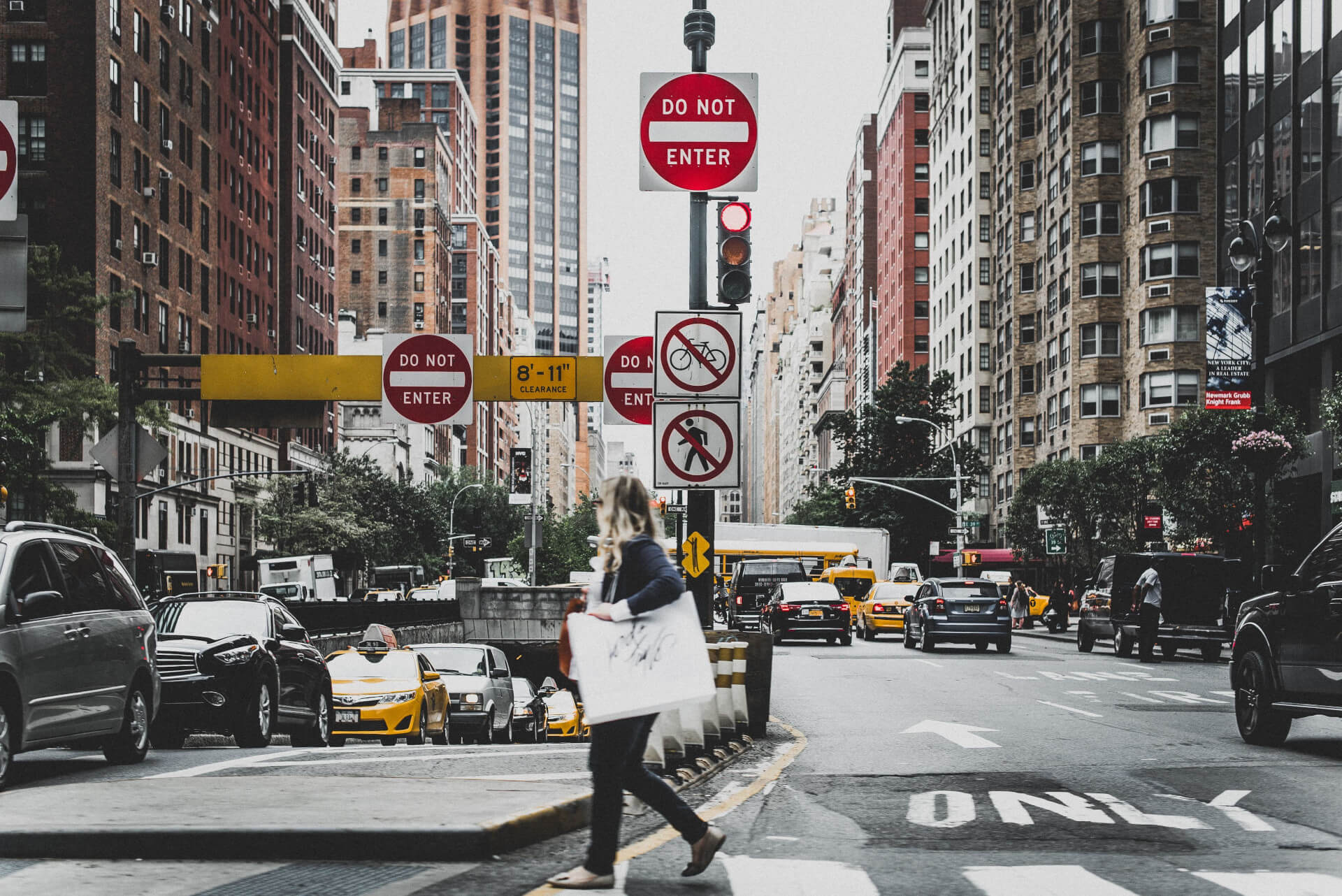
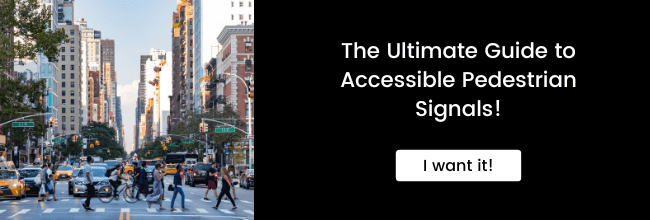
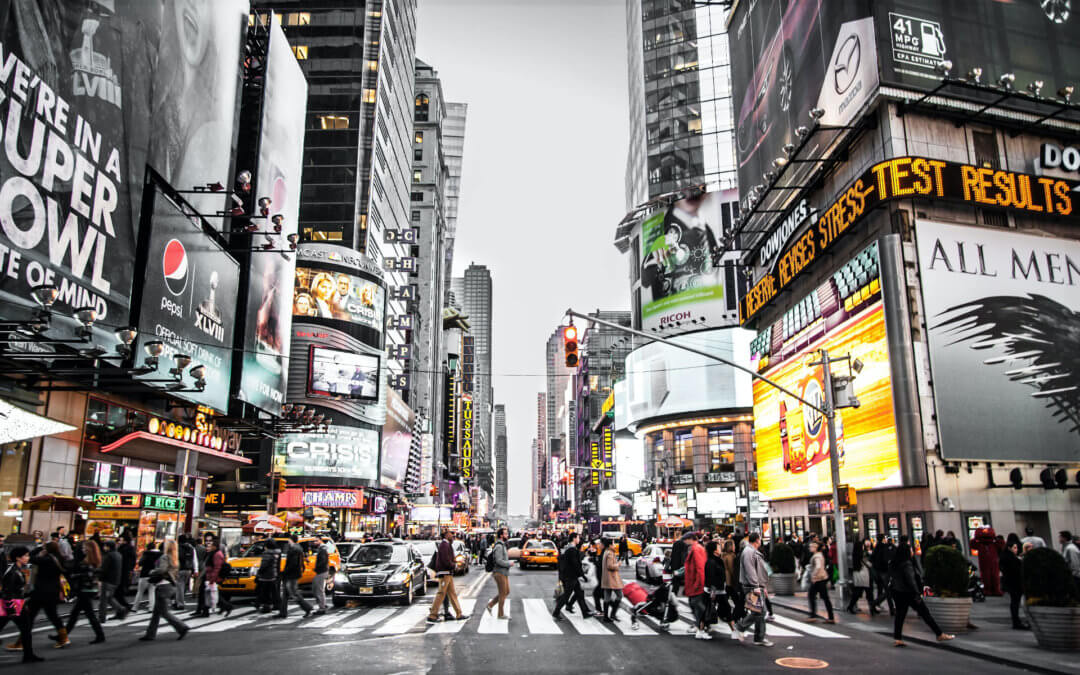
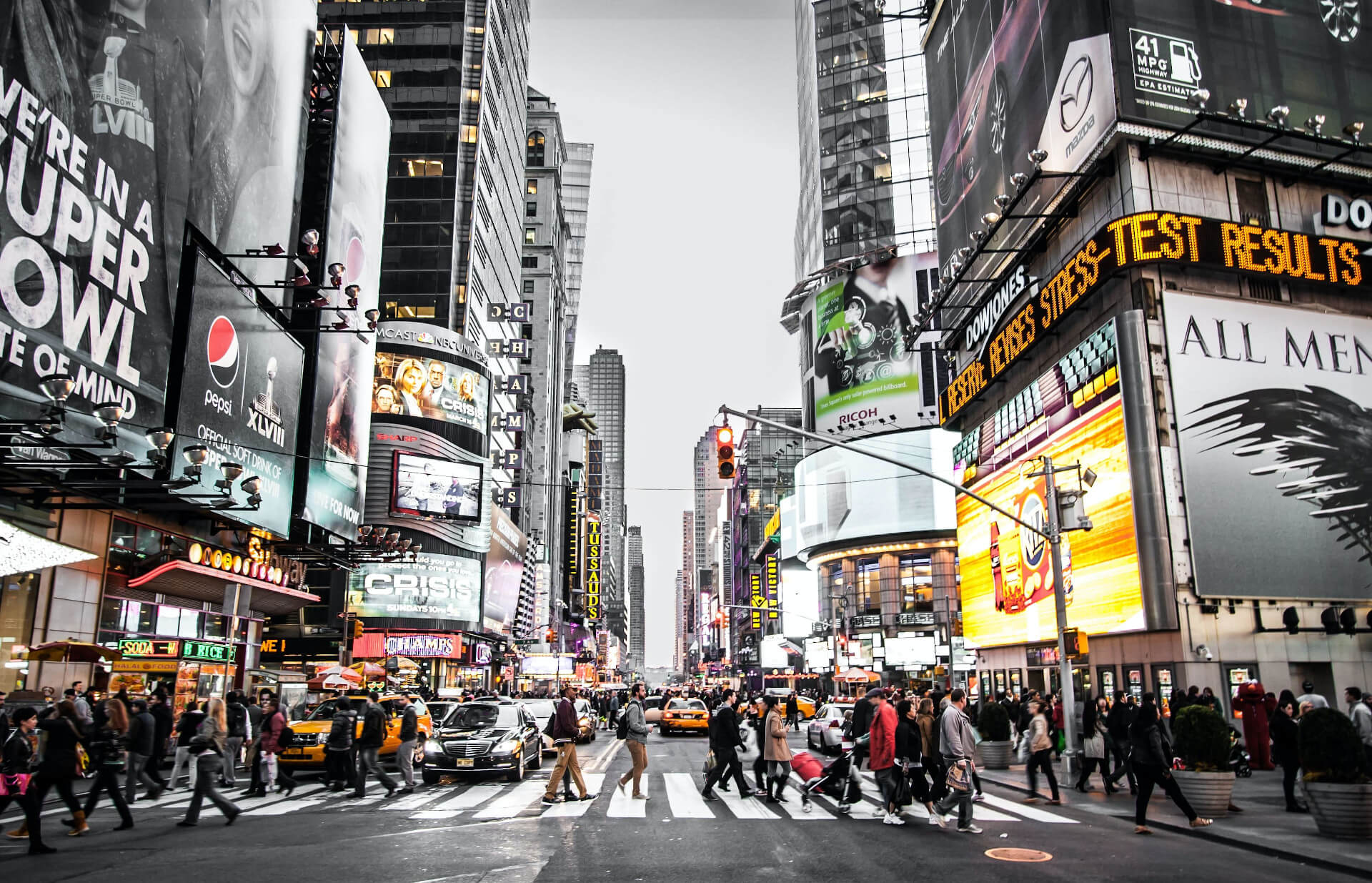
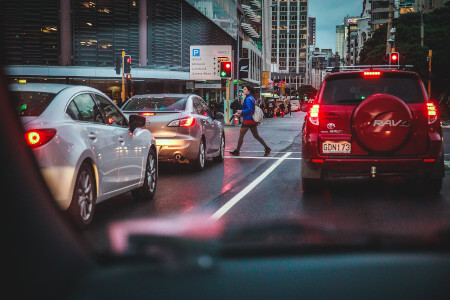

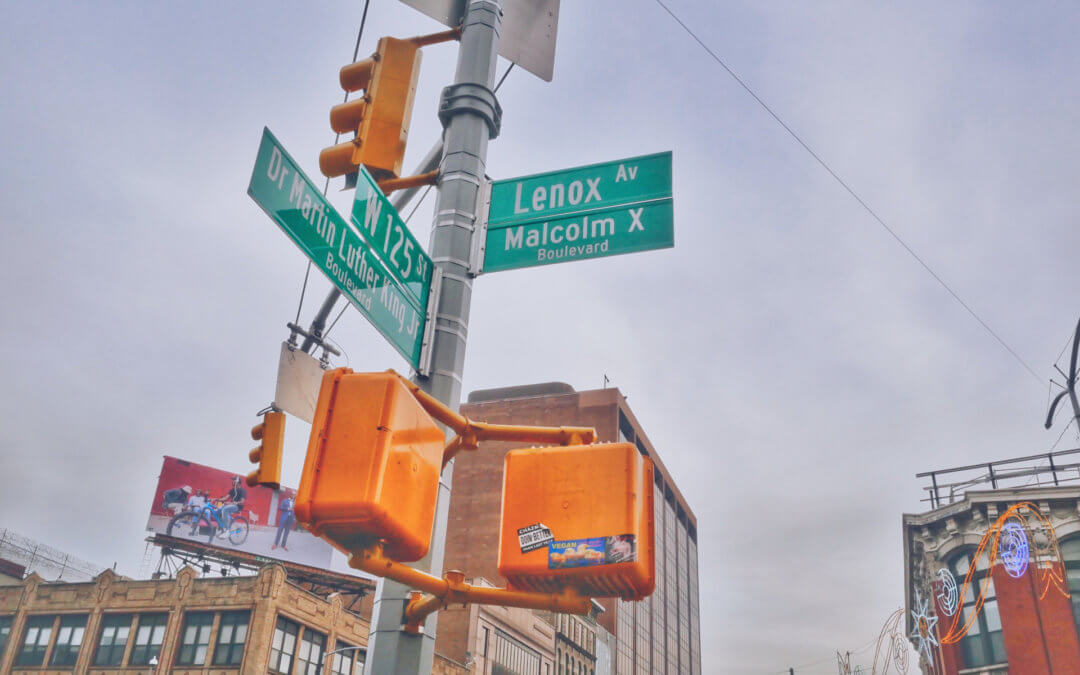
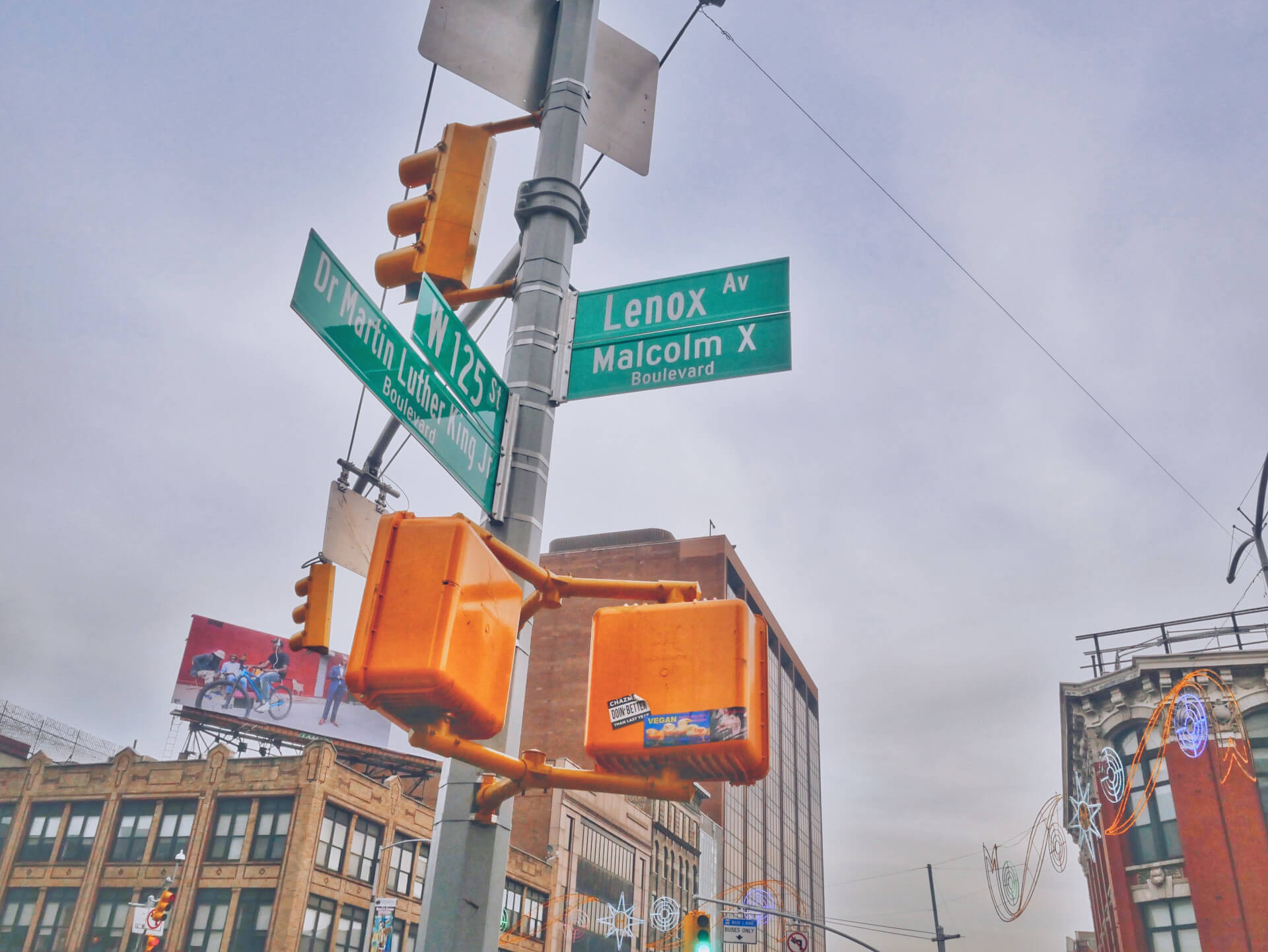
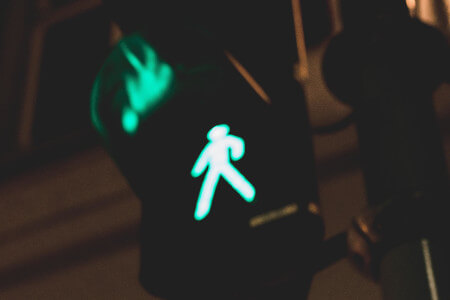
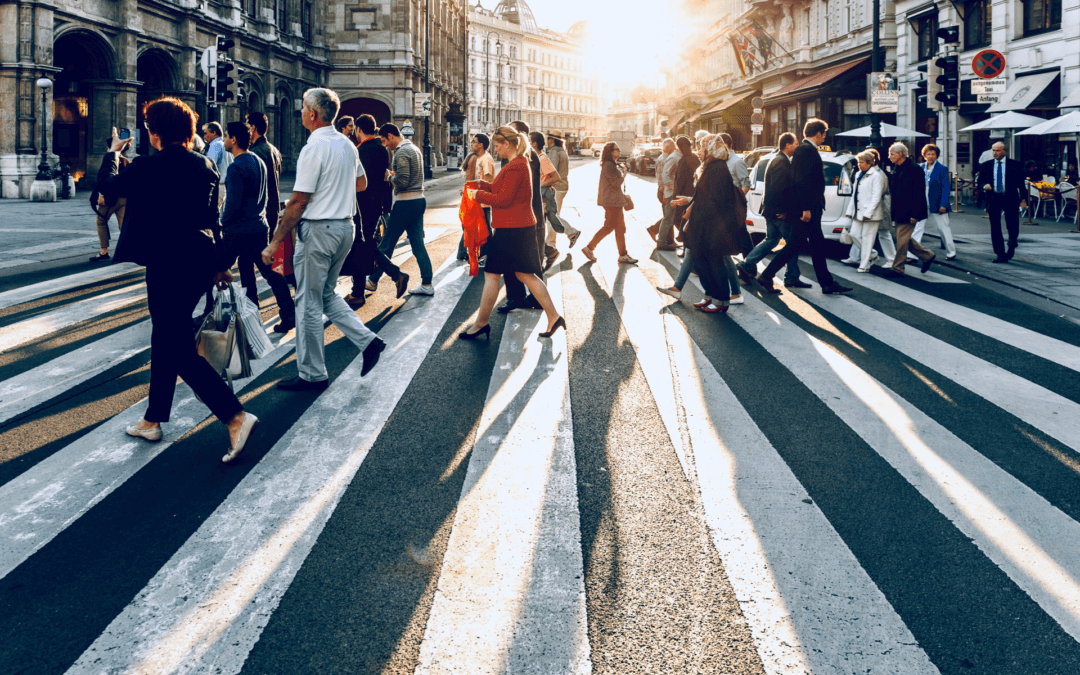
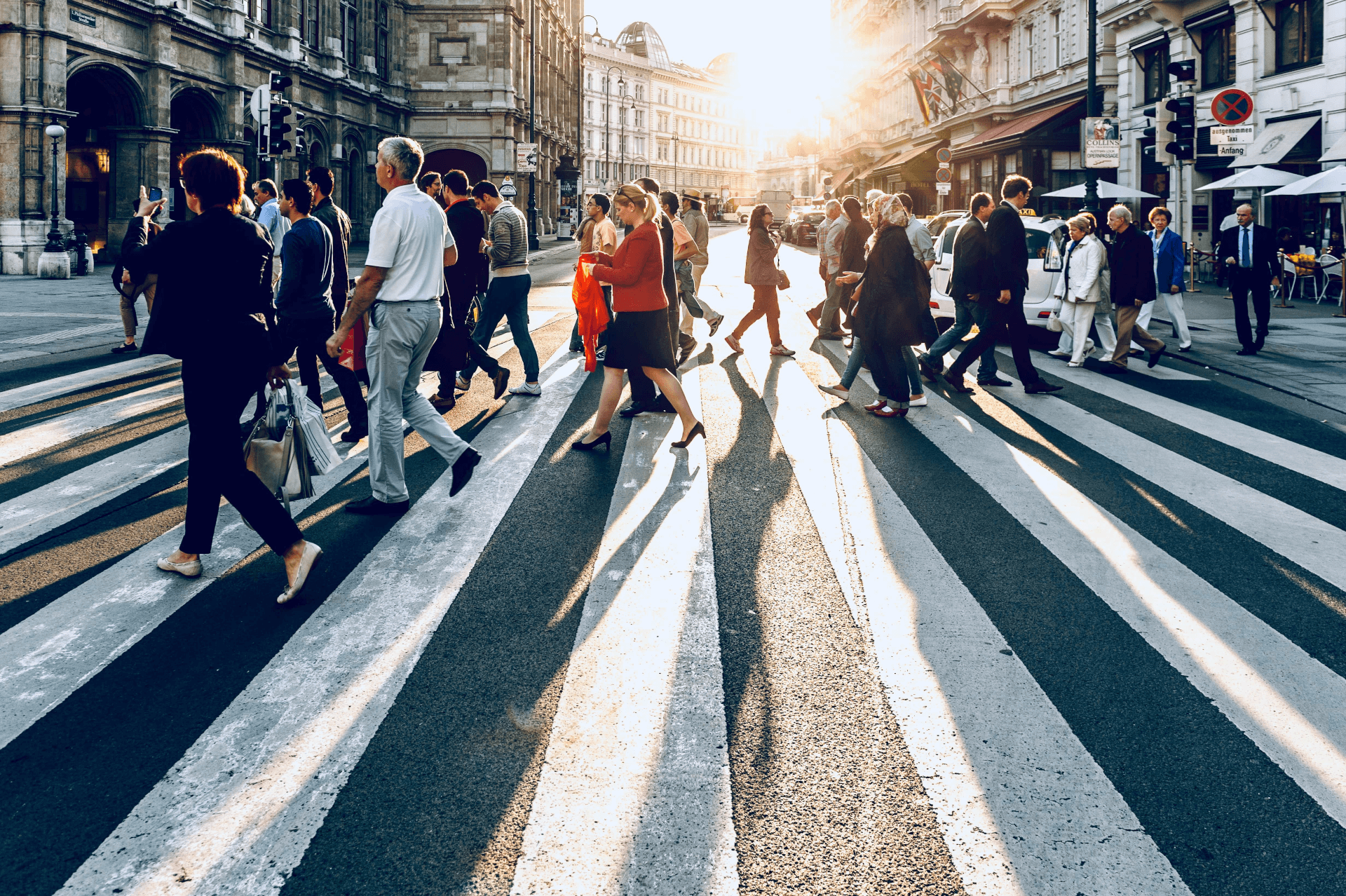

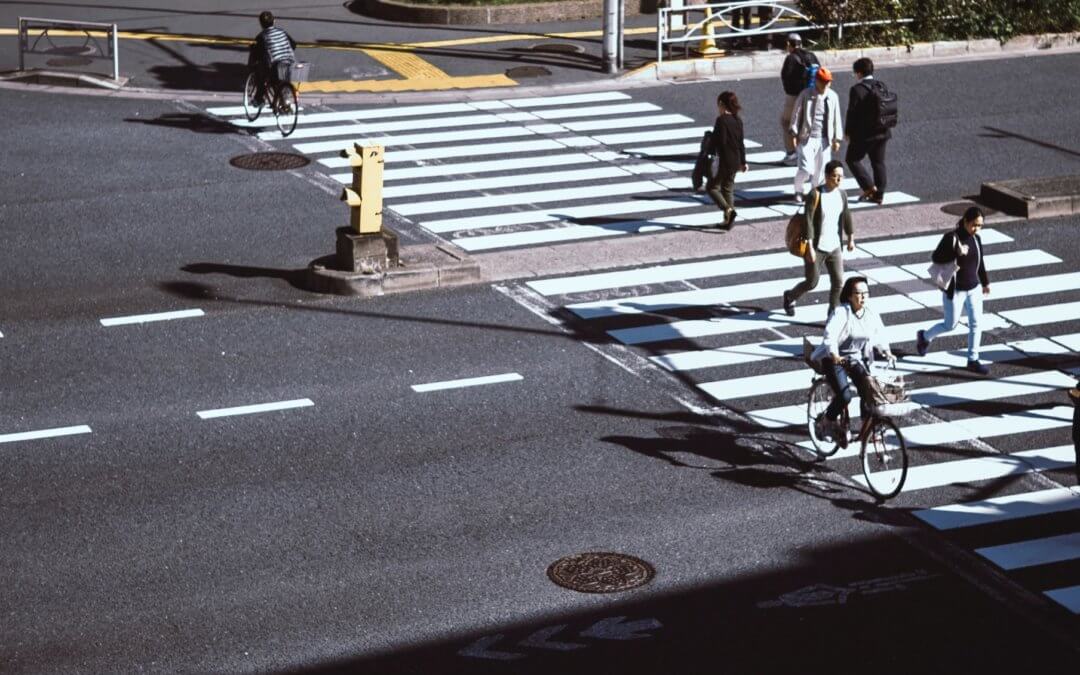
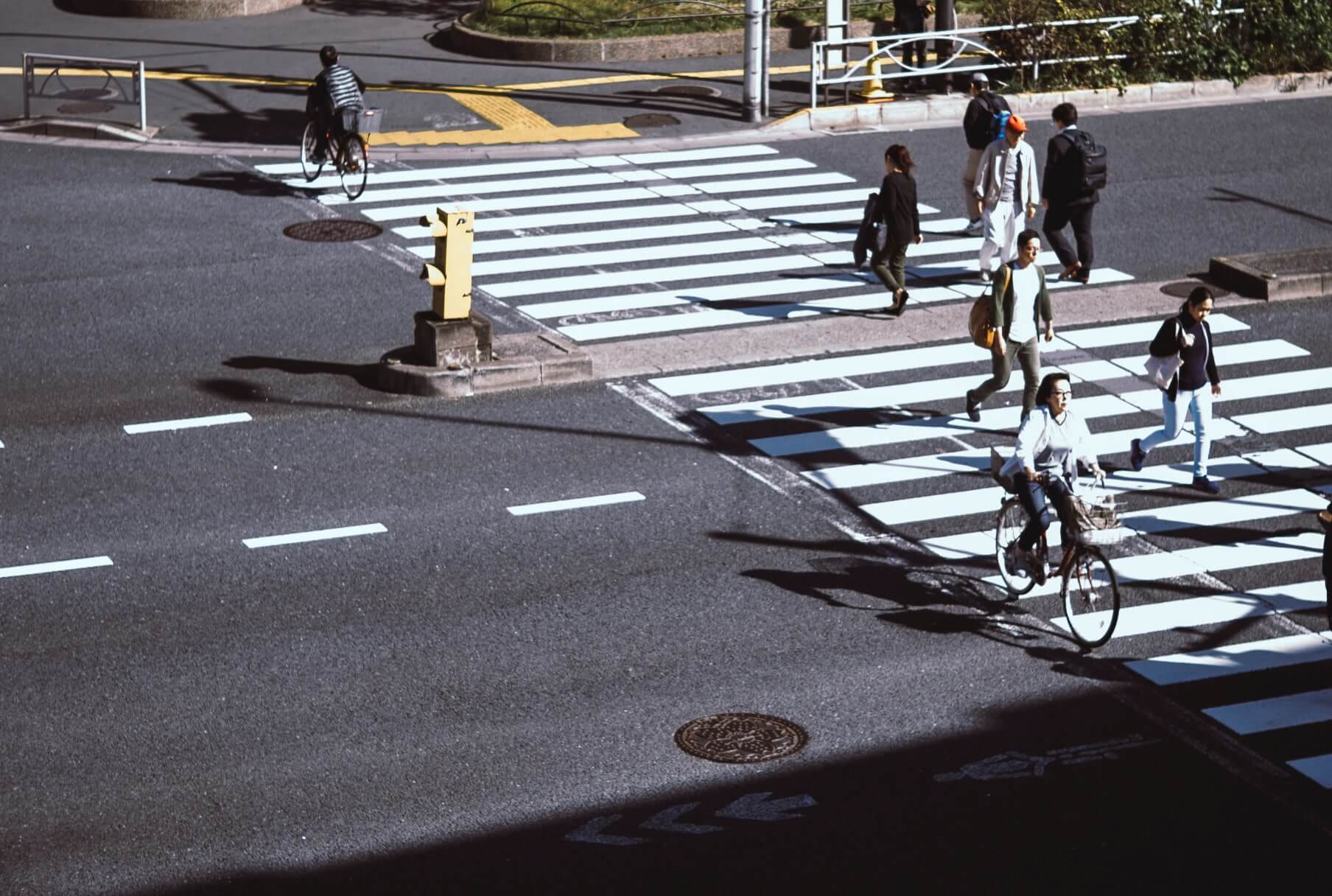


Recent Comments